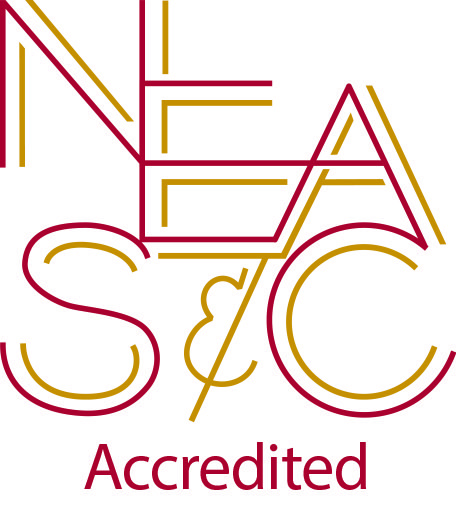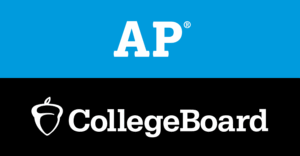By Claire Patch ’23
The week of November 7th, our school started the accreditation process with NEASC, the New England Association of Schools and Colleges. Every ten years, schools are accredited by an organization like NEASC. The Department of Homeland Security defines accreditation as “the recognition from an accrediting agency that an institution maintains a certain level of educational standards.” (Homeland Security) If a school does get accredited, they get added to a list on the NEASC website (NEASC). A school wants to be accredited because it is like a blue checkmark on Twitter. Employers, other institutions, and people looking at schools watch for that verification. It doesn’t just symbolize that your school is “good”; it signifies that the school/establishment reaches the needed threshold in terms of educational development. So, it is important, especially for our administrators and faculty. But, due to COVID, the process has changed dramatically.
Regularly, teachers, principals, and administrators from other schools would visit our school. They would walk from class to class, examining how our school operates, day to day. While there are still some people in the school (I have seen someone walking throughout the hallways today, Tuesday the 9th), the majority of walkthroughs have been on Google Meet. Seven students were asked to participate and tasked with walking their laptops around the school to show the NEASC supervisors our school.
Luckily, I was one of those students, so I have first-person experience. I would like to start by thanking the kind educators that I talked to. They were all appreciative that I took time out of my school day to walk around the school, which was very kind. But, I would urge people to think of how difficult it is to use a MacBook camera to show anything. Though I was on the other end, I can imagine that the video they were receiving was not the clearest, and the audio was probably bad too. It is also surprisingly challenging to hold a laptop backward, which isn’t something I should care about.
Another challenge I faced was the size of our school. Though I couldn’t find the square footage of the high school, anyone who has classes on the first and fourth floor back to back can attest to the fact that the school requires a lot of walking. One of the NEASC faculty members had seen every classroom on the fourth floor during the block prior, so I have the other three to choose from. Sadly, I was too stressed about the important people on my Google Meet to make a conscious decision to go floor by floor. Instead, I spanned all three floors in no particular order and speed-walked through hallways and up or downstairs.
I ended my journey by getting kicked off the Google Meet due to Wi-Fi issues. That prompted me to run in Mrs. Sudak’s classroom since she helped facilitate, and I got to thank the lovely people with whom I shared my B-Block. I walked up to my C-Block classroom drenched in sweat and holding my near-dead laptop, reflecting on my experience. I concluded that it was nice to help and be a part of such an influential process for our school, but that we should figure out a better process for next time. Since the next time we do this will be in ten years, hopefully, COVID won’t be an issue, and I hope we get accredited this year.



